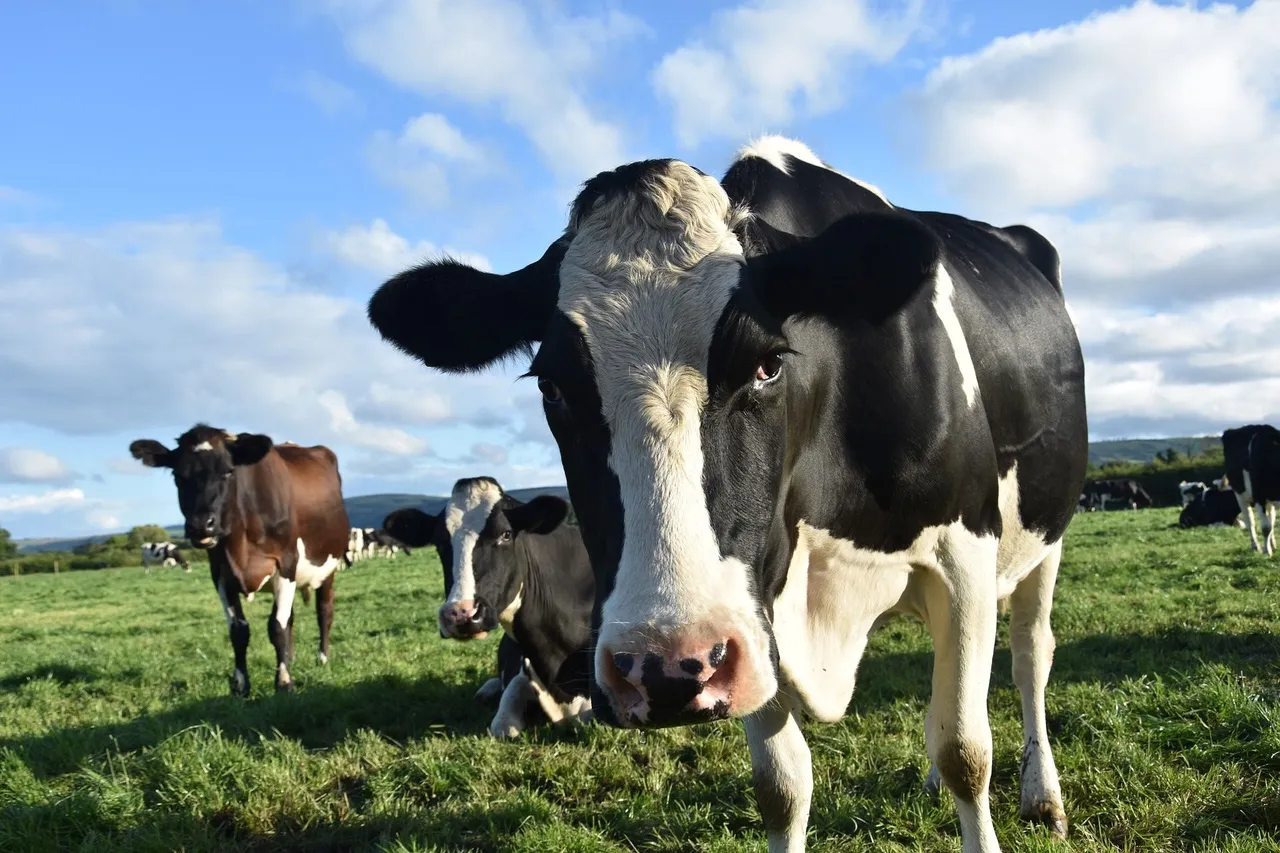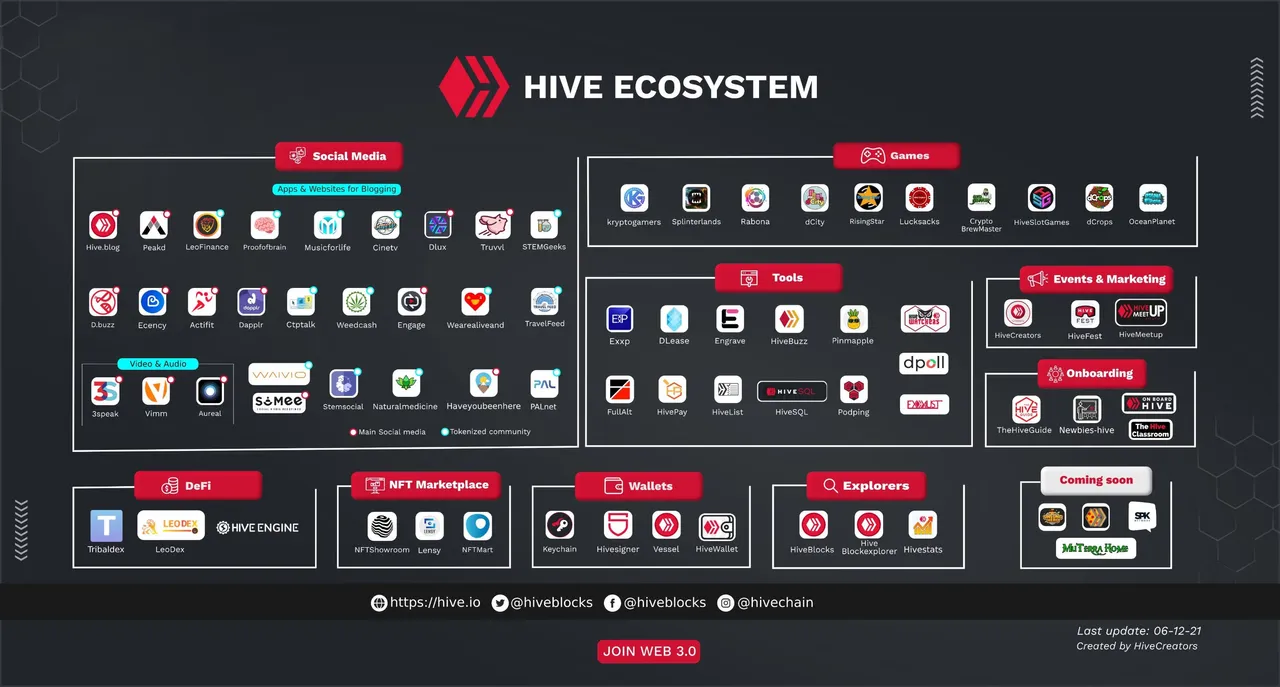Co-authored by Brian of London @brianoflondon and Andrew Hamilton @apshamilton
Support Proposal 201 on PeakD
Support Proposal 201 with Hivesigner
Support Proposal 201 on Ecency
Free Cows - Web 1.0

Once upon a time, the internet was fully decentralised, people hosted their own websites on their own physical computers and you had to know the URL or web address to find a website, as there was little or no search functionality.
There were no middlemen.
The internet was fully free, as in freedom, but also free as in there was no way to make money. That was Web 1.0.
Web 1.0 - There were cows, but they were wild and it was uneconomic to collect their milk.
Dairy Cows - Web 2.0

From the mid 1990’s companies like Facebook & Google began developing the current Web 2.0 business model as a way to monetise the internet. They do this by acting as the centralised middle-men of the internet economy, providing the dominant platforms for social media, search, browsing, messaging and content sharing to users for “free”.
But in doing so they accrue to themselves the value of those users’ attention and content. Their users are not customers in an economic sense, as they do not pay money for the services of the platform. Instead their users are actually the product and user content (including private data) and attention is sold to generate advertising revenue for Facebook & Google.
Web 2.0 - Internet users are like dairy cows, the Tech Goliaths are the farmers, advertisers are milk consumers.
In such an economic framework it is unsurprising when users, just like diary cows, have no rights!
Free Cows Again - Web 3.0

Web 3.0 or the cryptocosm, is a further development of the internet which moves back to a decentralised approach, handing the control and ability to make money to users rather than middlemen.
All of the current functionality of the internet is retained but many of the problems including broken security, privacy breaches and concentration of power are fixed. It is partly enabled and incentivised by blockchain technology and cryptocurrencies. These give us decentralised applications (DApps) which sit on top of public blockchains.
Web 3.0 - It allows the cows to get rid of the farmer, run their own automatic farm and receive the full value of their milk from consumers.
Users are no longer cows farmed by Facebook or Google, they each own a sophisticated dairy business.
Based on the immutable public ledgers of various blockchains, clever coders have developed not just new forms of money, but new forms of software - decentralised applications (DApps) - which compete head on against the centralised applications and platforms of existing dominant players of the internet, especially Facebook & Google.
Hive
This is not merely theoretical. You're probably reading this on one of the many frontends (DApps) of the Hive system. Hive is the blockchain backend and public database on which anyone can create an account and use. Any application builder can make an investment in the entire infrastructure of Hive by owning and holding some Hive currency which allows the use of the shared resources of Hive.
Hive's infrastructure is owned by everyone who holds a little piece of the network, not shareholders in a private corporation or big tech Venture Capitalists or tech company founders.
There is no owner, or central authority telling you who can use Hive, it's an egalitarian protocol which can be used by whoever takes the time to do so and with an appropriate investment in the system to cover the shared resources it takes to keep it running.
For more information about Hive, read this.
More about Hive:

All cow images from Pixabay.
Support Proposal 201 on PeakD
Support Proposal 201 with Hivesigner
Support Proposal 201 on Ecency

- Vote for APSHamilton's Witness KeyChain or HiveSigner
- Vote for APSHamilton's Witness direct with HiveSigner
- Get Brave
- Use my referral link for crypto.com to sign up and we both get $25 USD
- Sign up for BlockFi
- Find my videos on 3speak
- Join the JPBLiberty Class Action law suit
- Verify my ID and Send me a direct message on Keybase
